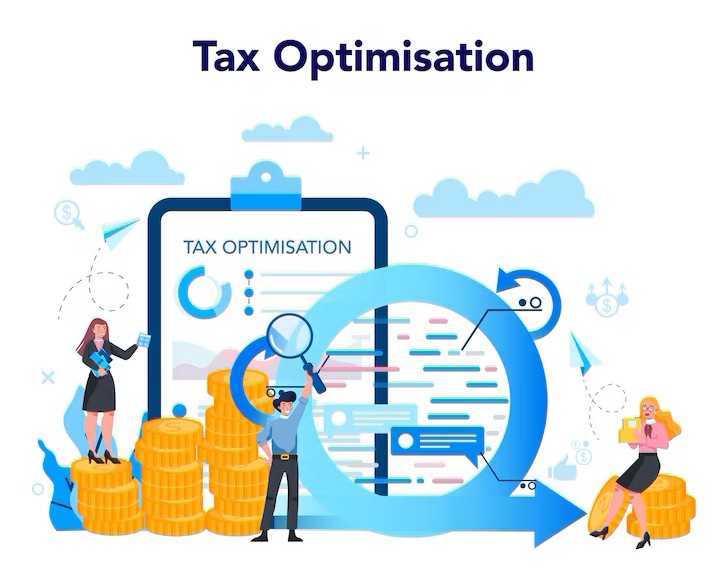Let’s talk about something that hits every successful professional where it hurts: taxes. As your income grows, so does your tax bill. Yet surprisingly, many high earners spend countless hours figuring out how to make more money while devoting barely any time to keeping what they’ve earned. This oversight can cost hundreds of thousands over a lifetime. With thoughtful planning throughout the year, you can dramatically reduce what you hand over to the government while playing entirely by the rules. Here’s how successful people keep more of what they earn.
Table of Contents
1. Understanding Your Tax Bracket and Marginal Rates
There’s a common misconception among high earners about how much they’re paying in taxes. That top tax bracket number that makes you wince? It doesn’t apply to all your income. Your effective tax rate and what you pay overall is typically much lower than your highest marginal rate.
Consider the difference between someone paying 37% on their last dollar earned versus their actual tax bill being closer to 28% of total income. This understanding changes how you approach financial decisions. When factoring in state taxes, the picture changes even more dramatically. This is where consulting with an experienced financial planner Chicago can provide clarity on your true tax situation.
2. Maximizing Retirement Account Contributions
The government gives high earners a perfect legal shelter for a significant portion of their income, yet many don’t take full advantage. Retirement accounts remain one of the simplest ways to immediately reduce your taxable income while building future wealth.
The standard 401(k) contributions are just the beginning. For those over 50, catch-up contributions add another layer of tax protection. Business owners have even more powerful options through SEP IRAs, Solo 401(k)s, or defined benefit plans that can shelter substantial amounts from immediate taxation—often much more than most people realize is legally possible.
3. Tax-Loss Harvesting and Capital Gains Management
Market fluctuations aren’t just about your portfolio value; they’re tax planning opportunities in disguise. Having investments lose value feels painful, but strategically realizing those losses can offset gains elsewhere in your financial life.
Investment decisions should never be made solely for tax reasons, but tax implications should always factor into your strategy. Thoughtfully timing investment sales to offset gains with losses can reduce your annual tax burden substantially. Prioritizing long-term over short-term gains when possible provides preferential tax rates typically 15-20% versus ordinary income rates.
4. Income Shifting and Timing Strategies
Sometimes, when you receive income matters more than the amount itself. High earners can often control the timing of bonuses, business income, or large deductions to maximize tax advantages.
Think about it like strategically opening and closing tax floodgates. When facing an unusually high-income year, consider accelerating deductions. Conversely, when income dips, that might be the perfect time to realize capital gains at lower rates. For the charitably inclined, “bunching” donations into a single year often produces better tax results than spreading identical giving across multiple years.
5. Business Structure Optimization for Tax Efficiency
Your business structure is not set in stone, yet many successful entrepreneurs continue operating under entity types they chose years ago without reassessment. Different structures like sole proprietorships, LLCs, S-corporations, or C-corporations can result in vastly different tax outcomes as your business evolves.
What worked when starting often isn’t optimal as income grows. Considerations around self-employment taxes, the Qualified Business Income deduction, and reasonable compensation rules require regular review. Many wealth management advisors Chicago firms specialize in helping business owners navigate these complex waters, potentially saving thousands annually through proper structuring.
6. Investment Tax Efficiency and Asset Location
Smart investors know a secret that often goes overlooked: where you hold investments matters just as much as which ones you choose. Most people focus entirely on picking winners but ignore the tax drag eating away at their returns.
The strategy is straightforward but powerful: keep tax-efficient investments like growth stocks that you’ll hold for years in your taxable accounts, while sheltering tax-inefficient investments like corporate bonds or REITs in retirement accounts. This simple rearrangement can boost after-tax returns without changing your investment mix. Municipal bonds offer another avenue for tax efficiency, often outperforming seemingly higher-yielding alternatives once taxes enter the equation.
For more interesting posts visit my blog.




